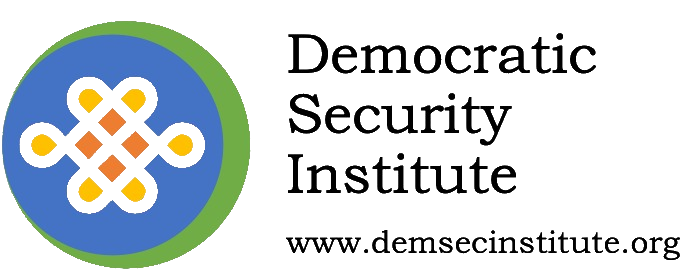Armenia’s 2018 revolution may have pushed a kleptocratic regime out of power, but today the country’s conservative agenda is radicalising under new conditions.
2018 is fast becoming a turning point in the history of Armenia. After a civil disobedience campaign ousted Serzh Sargsyan from office in April 2018 – only six days after finishing his second presidential term and being appointed Prime Minister – the country held its first elections in two decades without widespread fraud or violence against the opposition.
In the wake of this upheaval, The Economist named Armenia “country of the year”. But the magazine added a suitable warning: “A stellar performance in one year is no guarantee of future success.” While there were grounds for cautious optimism, it could also be expected that a more complex period – of democratic consolidation accompanied by difficult and often unpopular reforms – lay ahead in Armenia.
A recent poll by the International Republican Institute showed declining but still relatively high public support for Nikol Pashinyan’s government: 69% of respondents view last year’s change of government positively, a significant reduction from 82% in October 2018. This declining support is understandable. The post-revolutionary euphoria could not last long and, quite predictably, Armenia has not experienced an immediate economic breakthrough. More than 60% of poll respondents want the government to undertake political and economic reforms quickly rather than gradually.
The 2018 “Velvet Revolution” was a heavy blow to the Republican Party (RPA), the former ruling bloc which is currently out of parliament after receiving 4.7% of votes at the December 2018 elections. According to the IRI poll, while the RPA would likely pass the 5% electoral threshold if elections were held now, it also enjoys the highest negative rating: 56% of poll respondents said they would never vote for it. By contrast, in 2017, the party used its control over virtually all state institutions to achieve a two-thirds parliamentary majority. Before that, in 2014, the Republicans had expressed their ambition to remain the ruling party for at least another decade, while President Sargsyan claimed that membership of the Republican Party would be “the main, if not only” career choice for people aspiring to higher office in Armenia.
This article examines the relatively new methods of manipulating public opinion used by groups connected to Armenia’s former regime and its allies. As the Republican Party continues to control significant media and other resources, the importance of disinformation, fake news and influence campaigns has grown. Even though the messages may seem primitive, they are continuously reproduced by a number of sources, including media and civil society structures claiming to be independent. This means their influence may gradually increase. Ultimately, populism fuelled by fake news could threaten Armenia’s fragile democracy which is still in the process of consolidation.

